A few years ago, I visited several Pineau des Charentes producers in a region of France known as the Charente, where Cognac is also made. Legend has it that it was originally made by accident when a Cognac producer centuries ago added fresh grape to a barrel of eau-de-vie (a clear distillation of grapes), intended to be aged for Cognac. He let it rest, and age in the barrel, and when he tried it, he was surprised at how good it tasted—and thus, Pineau des Charentes was born.
Nowadays, Pineau des Charentes comes in white, red, and rosé varieties, with the rosé version aging the shortest amount of time to some of the reds and whites, which are aged for a decade or more, although most Pineaux des Charentes are aged for a year or so before they’re bottled.
Pineau des Charentes is one of my favorite French apéritifs, which I wrote about in my book Drinking French. During my travels for researching the book, and diving deeper into the world of French spirits, I was fortunate to meet various producers, and it was gratifying to see what care they took to made their liqueurs and apéritifs. Two of my favorites were Amy and Jean Pasquet, of Maison Pasquet, certified organic producers of Cognac and Pineau des Charentes.
Amy, an American, married into this Cognac-making family and was recently elected to be the president of the Comité National du Pineau des Charentes, an honorary position, guiding the producers of Pineau des Charentes and helping to spread the word of this grape-forward apéritif, which is a mixture of Cognac (about 25-30%) and fresh grape must, a blend of the juice, skins, and seeds.
I’ve been enjoying Pineau des Charentes for years and was happy to spread the word in my book, with some recipes for making drinks with it, but I love drinking it all on its own, with an ice cube or two in it. Just before my visit to Amy and Jean, I’d visited another producer and asked for some ice, and when I plunked one into my glass, I wasn’t aware of it, but apparently, it shocked a few of the people around me.
When I told Amy that story, she showed me an ad from years ago that pictured a glass of Pineau des Charentes (PdC) with ice in it, with the word “Osez!” (or “Dare!”) above it. So depending on how you look at it, I was daring and was either before my time or after it. Nowadays, they are pushing adding ice to Pineau des Charentes…
Whether you drink it chilled, over ice, or in a cocktail, I love Pineau des Charentes and am particularly fond of the PdC made by Maison Pasquet, which has a unique freshness that makes it brighter than other PdCs. They also make an excellent rosé Pineau des Charentes, which give other rosé-based French apéritifs a run for their money; if you’ve been drinking Lillet, give PdC a try.
[Added: Amy gave me a promo code for anyone to use if buying through their website to get 20% of their Pineau des Charentes and raspberry-flavored Marie-Framboise. Just enter PDC24 as a promo code when ordering. If you have questions, you can contact them here.]
Recently, I invited Amy into my kitchen in Paris, where we talked about what Pineau des Charentes is, how it relates to the Cognac-making region of France, favorite ways to drink it, and even some differences in the French way of doing business versus the American way, as she offers her perspective of both.
While it’s not as well-known as other French apéritifs outside of France (98% of the Cognac produced in France is exported, whereas only 20% of the Pineau des Charentes is exported), we both agreed that it deserves to be better known.
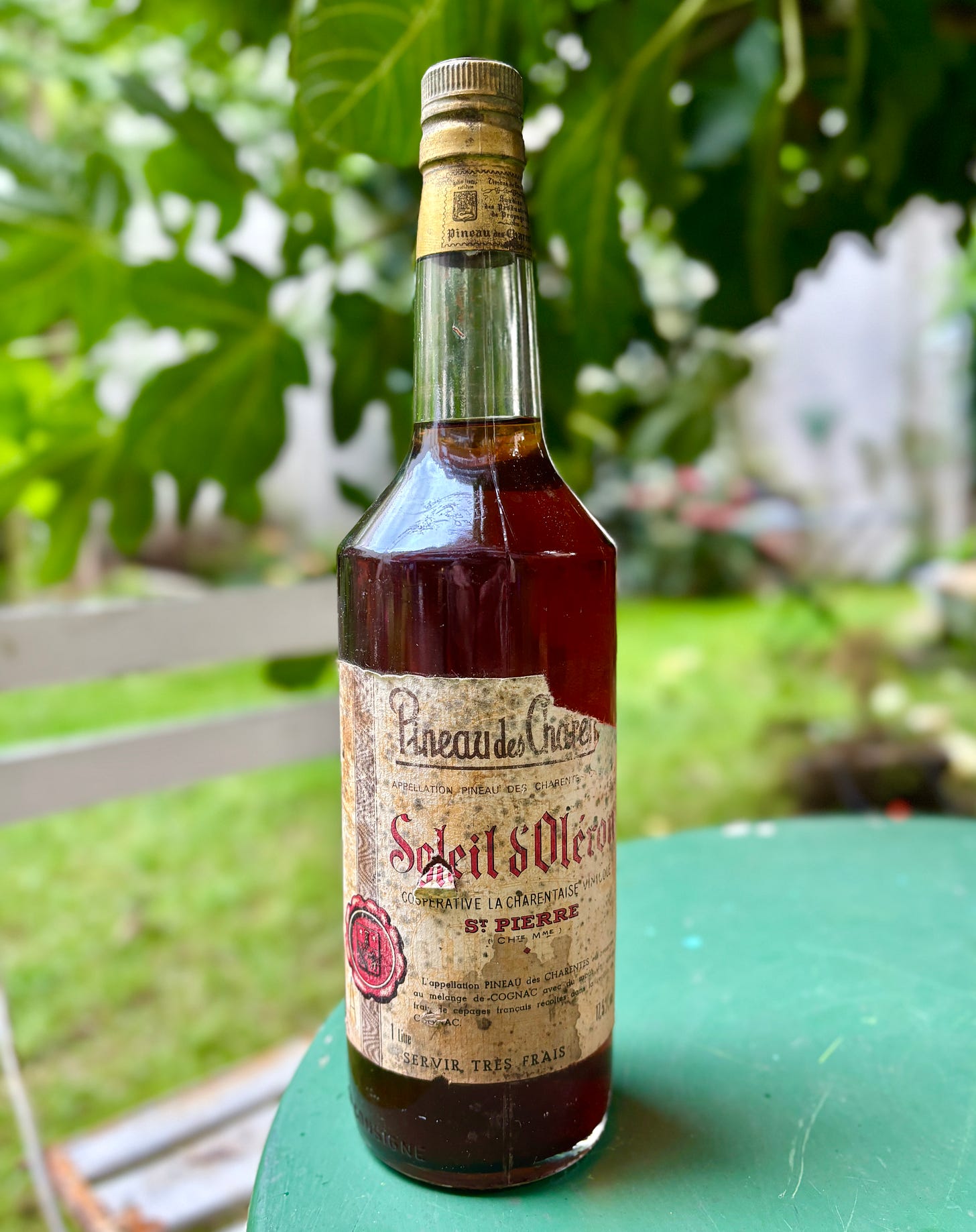
I hope you enjoy my chat with Amy about this uniquely French apéritif, and give it a try yourself!
-David
You can find Jean-Luc Pasquet Pineau des Charentes on Wine Searcher.
Follow Jean-Luc Pasquet on Instagram.
Visit the Jean-Luc Pasquet website. (You can also arrange for a visit and tasting if you’re in the region)
Try my fall-friendly Harvest Spritz Cocktail, made with Pineau des Charentes.




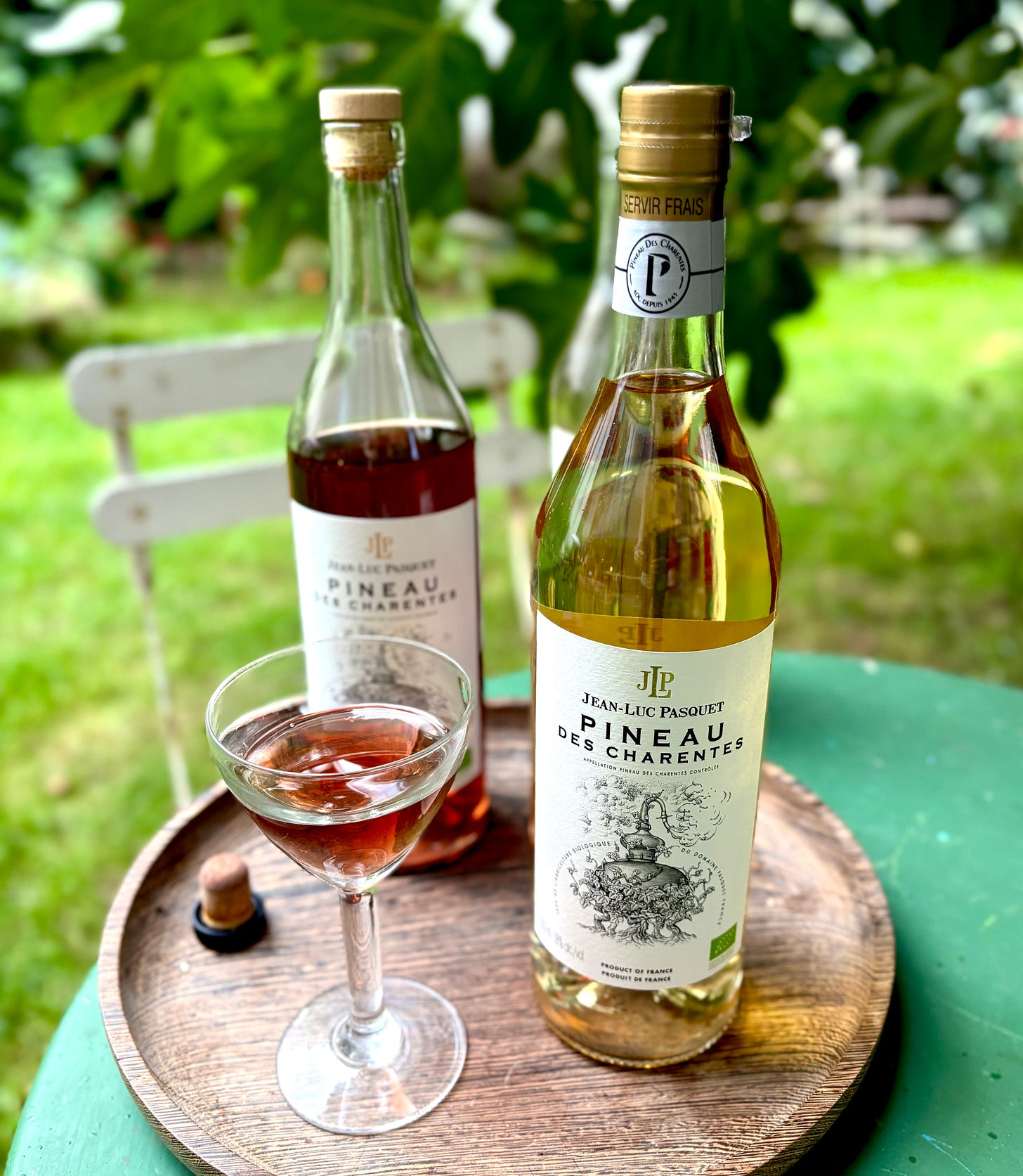
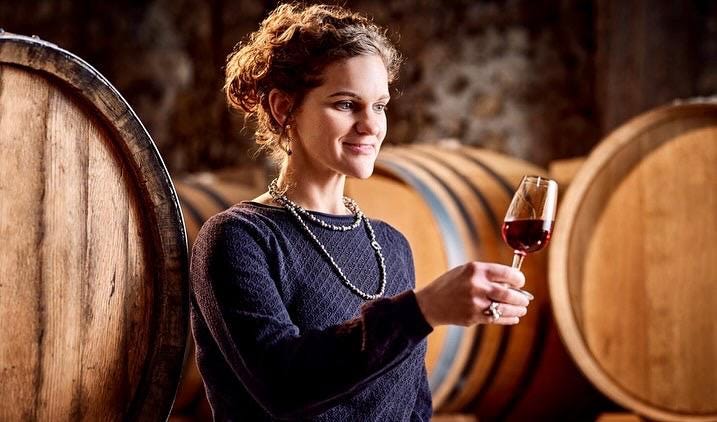
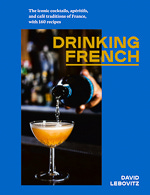
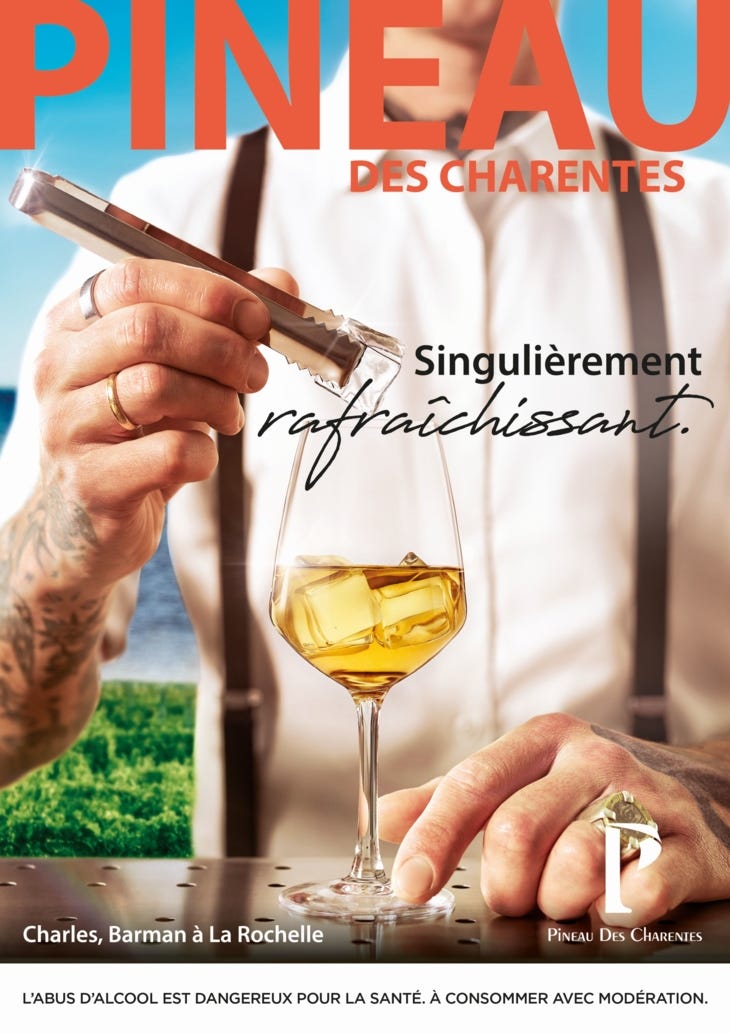
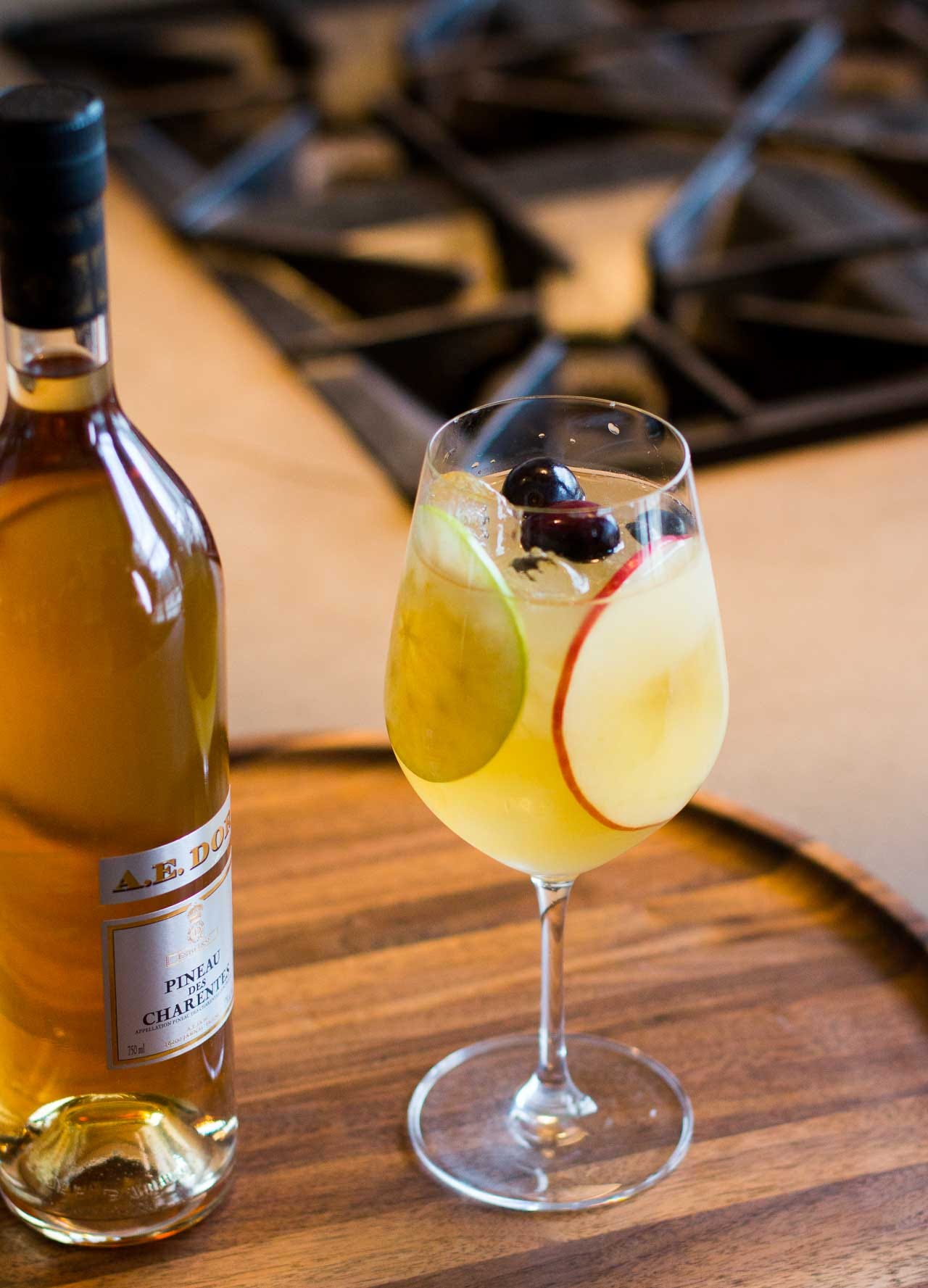








Share this post